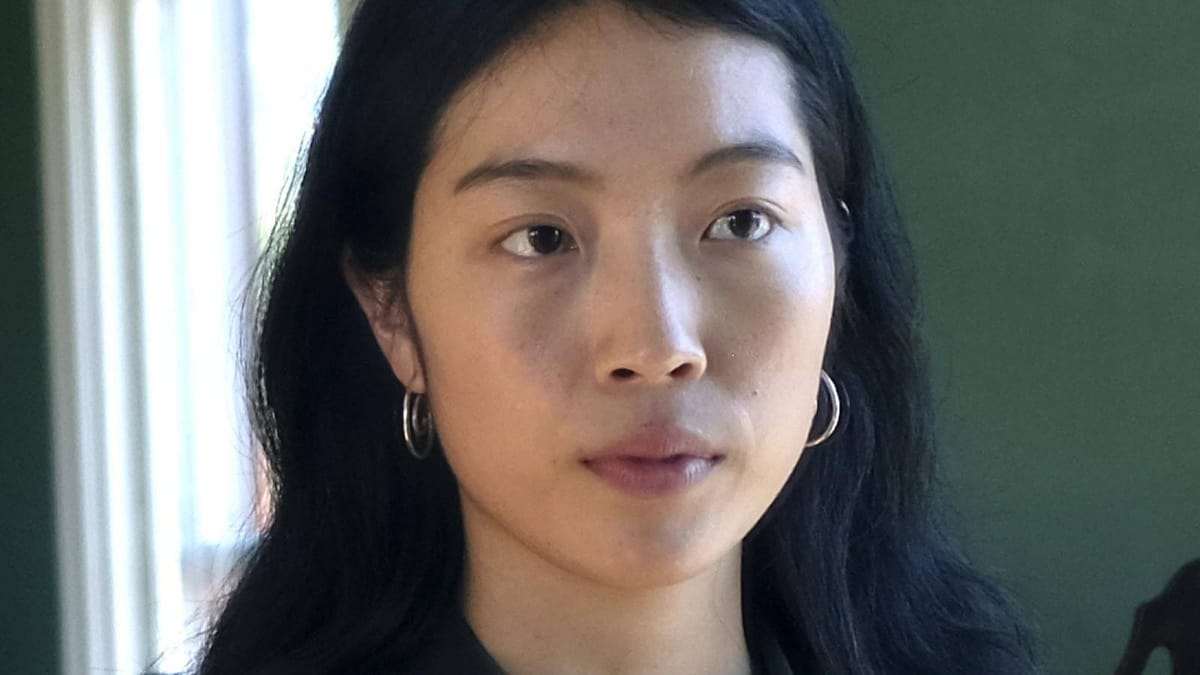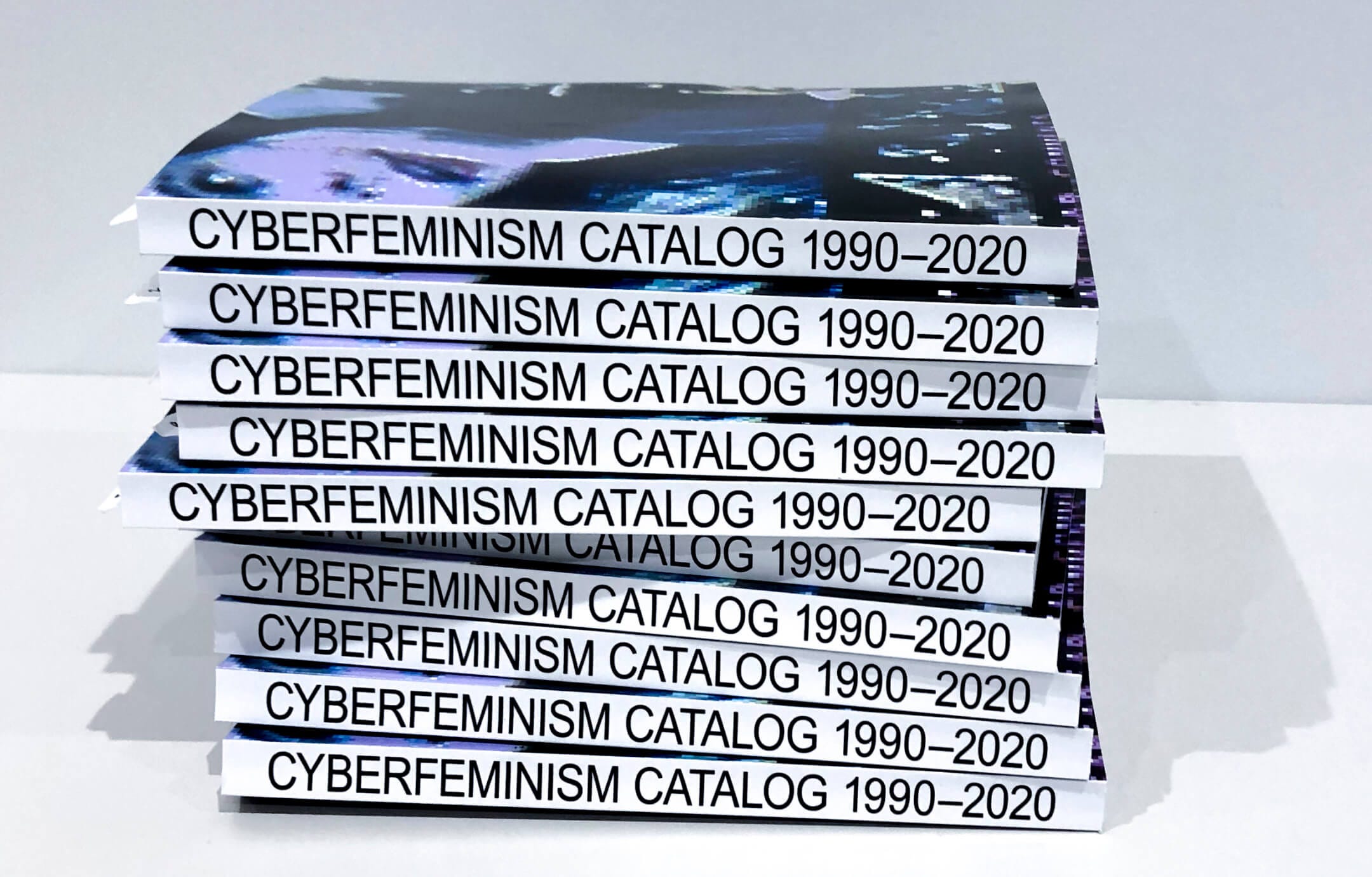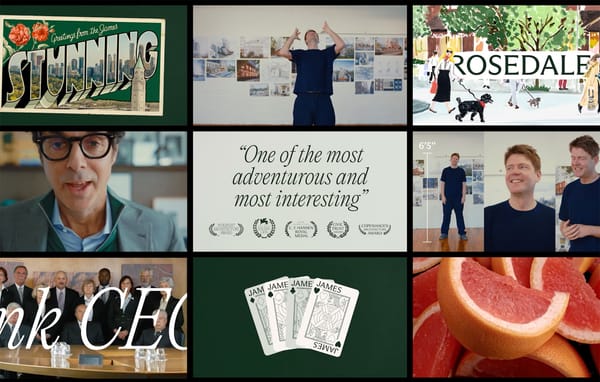Citation Needed
Mindy Seu on the internet’s other histories and futures

Mindy Seu is a designer and researcher based in New York. In this conversation, we talk about pursuing independent projects, the internet’s other histories and futures, archives, and spreadsheets. Yes, spreadsheets.
Frontier: Earlier in your career, you worked in the design department at the Museum of Modern Art and on the interactive media team at 2×4. Can you describe your thinking as you left the world of design offices for academic study and independent projects?
MS: I learned so much working in-house at MoMA and at 2×4, partly because of the clear structure—designer, senior designer, art director, etc.—and partly because of the ability to work on larger-scale projects. It was a great introduction to the field, but, like most people, I was developing my own projects. I then began teaching, too, as an adjunct at California College of the Arts. When you’re working what amounts to three jobs you don’t have enough time to devote to your independent projects and research.
I had been lucky enough to find paying work when I graduated, so I was able to save. Teaching didn’t help much financially, but it helped me find my pedagogical method and introduced me to other educators. When I ultimately decided I wanted a more research-based practice, and more autonomy, graduate school became a logical point on that path.
Frontier: The increasing number of designers pursuing research-intensive forms of working came up in an earlier interview we conducted. Do you see this and, if so, what might be causing it?
MS: It might be a retaliation against pure formalism. I know I was trying to delve deeper into topics of study rather than pursue formal or material experiments. I was also conducting lots of formal experiments within the studio setting, so I didn’t feel the need to do that in my after-hours work. Today, when you’re first learning about design, it’s common to question the ground rules, assumptions, and narratives you’re given. Maybe the retaliation is to unpack these taught histories, to revise them, and to examine why so many designers, for so long, implemented the same kind of formalism.
Frontier: That leads naturally to a large project you are currently developing, the Cyberfeminism Catalog: 1990–2020. In the précis for that book, you state, “the internet is not only a network of cables, servers, and computers. It is an environment that shapes and is shaped by its inhabitants.” The project seems, in part, an effort to recover inhabitants who contributed to the internet’s development but whose efforts are not widely recognized. What prompted you to begin looking beyond typical histories of the internet, or looking for ways to weave feminist values and stories into its conventional narratives?
MS: I think my inspiration was twofold. On the one hand, everyone today is so enmeshed in the internet and I have always been interested in why we adopt certain frameworks. That led me to study the history of the internet. It’s often the lower layers of the stack that are the focus, the infrastructure, engineering, and protocols. Much less emphasis is given to the application layer, which is how most people interact with the internet. So I wanted to learn about how we use technologies and what is disseminated through them. On the other hand, I also wanted to expand our understanding of the niche of cyberfeminism to include more global reference points. The story of cyberfeminism is still largely rooted in Europe, the United States, and New Zealand.

Frontier: In describing the catalogue, you use the term “counterpublic”— which I assume draws upon Michael Warner and other scholars. Can you talk about whether you believe the internet was once, is now, or could be a counterpublic? Or, relatedly, what a counterpublic might look like on the internet today?
MS: Counterpublics are in some ways about scale. To backtrack a bit, I’ll paraphrase an idea I love in Warner’s writing, that publications are a site where a public is formed. You create a publication; share it with others; and those who see themselves in the work enter into its discursive environment and are bound together. There are many examples of online communities that began with one person, or a small group of people, sharing their thoughts. Then others found those thoughts resonated with them and it started a larger movement.
If anything, the internet is a collection of micro-environments that, at a certain scale, start to bleed together. Venkatesh Rao of the long-running superblog Ribbonfarm speaks of how new bloggers opt to stay in “domestic cozy” online writing networks with their close peers, rather than chasing the memetic virality of older generations. This resurgence of hand-made websites, focusing on HTML/CSS and p2p, might be seen as a type of counterpublic.
Frontier: In an interview, you said, “I’m trying to use the internet in the way that I feel it should be used.” Without asking you to be prescriptive, can you elaborate on how you use it? In the past you’ve also said we should focus on credit, attribution, and creating robust collections.
MS: I’ve been increasingly interested in internet infrastructure, specifically the supply chain for the tools I use. Any time you send an email, your computer, the network it passes through, and the data center that stores it all require electricity.The rare-earth minerals in your phone come from mines all across the globe.
I’ve also been looking into alternative, more decentralized networks. Sam Hart and I co-organized a recent Decentralized Web Summit at the Internet Archive in San Francisco. Among other things, we were looking into decentralized platforms, such as Scuttlebutt or the DAT protocol. We were asking, and I keep asking, what is a more do-it-yourself or do-it-with-others way of creating websites. They don’t need to be pixel-perfect; I actually like broken edges. Rachel Berger, a designer and educator, recently said, “A website that does something you haven’t seen before is more valuable than a site that never breaks but doesn’t have anything to say.”
At the start of this year, I co-led a BIPOC (black indigenous people of color) Are.na onboarding workshop with Neema Githere at the School for Poetic Computation in New York. Among other things, we expanded upon the idea of generous citations. How can we instill a practice of thoughtful citations into our daily online web use? In an earlier conversation with Tsige Tafesse, she emphasized the bibliographic practice of Adrienne Maree Brown—not only did she go out of her way to cite women of color, she also created trails of references for how she built upon the ideas of others, even if it was something said in passing. This was a way to build a web of attribution beyond the accepted citations of written quotes by “legitimate” sources. If we thought of every social-media or platform post as a way to highlight other people and give generous attribution, we can slow or stop the rampant misinformation and lack of attribution that exists today.
Frontier: There is one form, the spreadsheet, that I think you value for its legibility and longevity. Can you talk about the spreadsheet form as a design object—or a design constraint?
MS: Well, when I first shared the spreadsheet of cyberfeminism, it was initially a tool for gathering and sharing crowd-sourced information. I was surprised to find that people thought the spreadsheet was the archive’s final form.
Spreadsheets are inherently pretty easy to use. The ethos of the digital spreadsheet, historically, was liberatory: it was programming for the non-programmer. But even if they’re easy to use, they’re quite linear. The cyberfeminism archive became unwieldy because the things I gathered don’t fit neatly into clear taxonomies: people joined more than one group, group names changed over time—things like that.
The spreadsheet seemed to be enforcing what I’ll call a Western archival method. I prized the ambiguities of what I was gathering and I decided the book form more readily enabled those to remain visible. In light of this, and inspired by Rhizome’s linked data project, I’m currently in the process of creating a website with Angeline Meitzler that will try to enable multiple ways of indexing the cyberfeminism materials.
Frontier: I’d like to talk briefly about archives, which are an increasing area of focus for you. Archives are objects you attend to, care for, and restructure or reposition as necessary. Can you talk about designing them, or designing for them, as opposed to the client-focused design of new objects, new brands, and new experiences you experienced at the outset of your career?
MS: Rick Prelinger talks about what it means to be a custodian of the internet; Shannon Mattern has written elegantly about the politics of maintenance. I’m self-taught in this area, so I might not be “doing archives” right. I value the activation of archives more than their mere preservation. I believe archives, especially grassroots community archives, are lived. You have to experience something first—only later will you know if it produces a relic to save. But the compilation of those relics needs also to be a group effort, one that can hopefully encode multiple lineages and contexts. My interest in archives is not about objects themselves but in collections as proxies for larger communities and movements. How can we disseminate history—or revisionist history—without being so precious about it?





